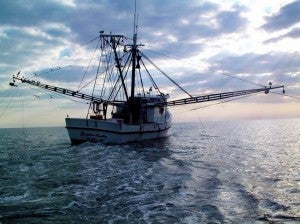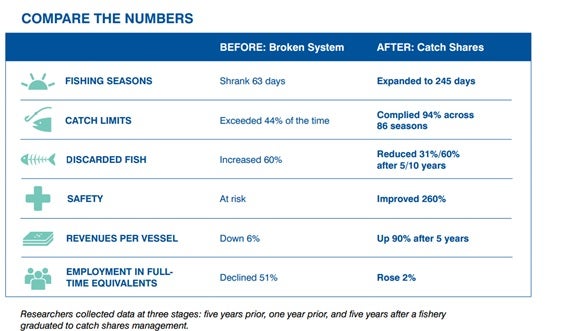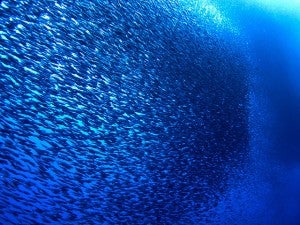
Eric Pooley, EDF Senior Vice President for Strategy and Communications
Preview of Harvard Business Review Blog by Eric Pooley
Read the full blog here
It’s frightening enough that 87% of the world’s assessed fisheries are fully or over-exploited. But it is even scarier to consider how little we know about the condition of most of the world’s fisheries, because four-fifths of them have never been scientifically assessed. A recent study in the journal Science is providing fresh insights into thousands of fisheries where data has not been previously available. These “data poor” fisheries make up 80% of the world’s catch — and many are on the brink of collapse.
Despite the dire news, there is a bright spot in the study. The authors conclude that the ocean is nowhere near a lost cause and with the right management tools, the abundance of fish could increase by 56%. In some places, the study says, fisheries yields could more than double.
This isn’t just a big deal for the fish. As the authors of the Science study write, “When sustainably managed, marine fisheries provide food and livelihoods for hundreds of millions of people worldwide.” So what’s the key to seeing such a rebound become reality? An approach to overseeing fisheries known as rights-based management, or catch shares.
Over the past decade, catch shares have taken hold in U.S. waters, ensuring the sustainability of about 65% of the fish landed in the United States. This is the greatest unknown policy success of our time. Don’t take my word for it — I work for the Environmental Defense Fund, a policy shop that has long championed the approach. Instead, consider the facts that helped lead the authors of the Science article draw that same optimistic conclusion.
Catch shares are a market-based management tool used in commercial fishing that, coupled with catch limits, have been successful in rebuilding fish populations while improving the efficiency and business of fishing. After decades of failed regulatory regimes, catch shares are working for fish and for fishermen. What’s unfolding before our eyes is a global behavioral economics study — one that’s delivering major benefits to people around the world.
The Gulf of Mexico red snapper fishery, for example, was on the brink of collapse in the early part of the last decade. Fishermen were limited to 52-day seasons that were getting shorter every year. The shortened seasons, an attempt to counter overfishing, hurt fishermen economically and created unsafe “derbies” that often forced them to race into storms like the boats in The Deadliest Catch.
**Intrigued? Keep reading the blog at Harvard Business Review















